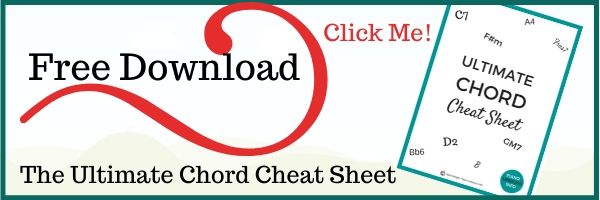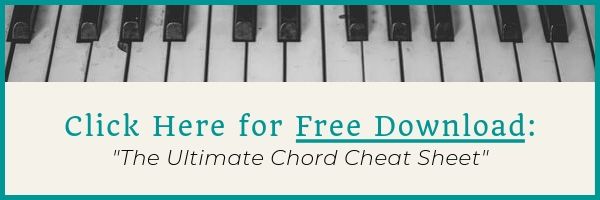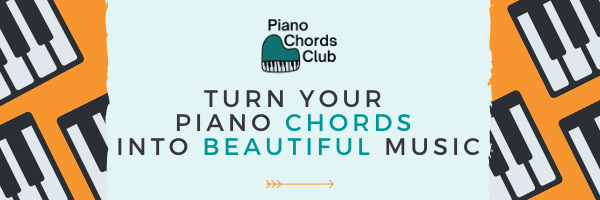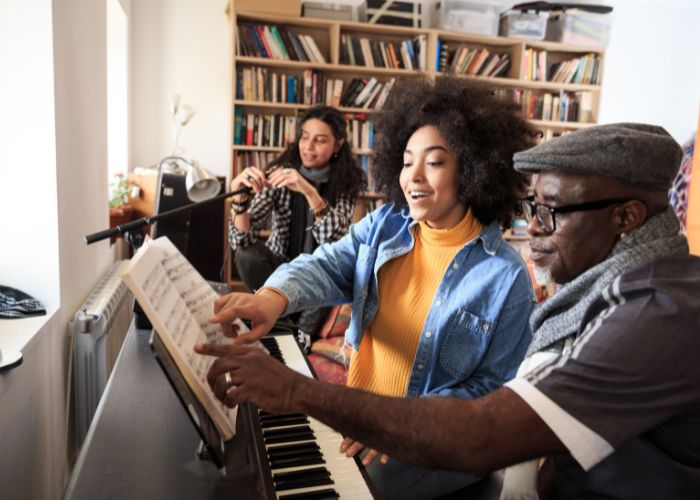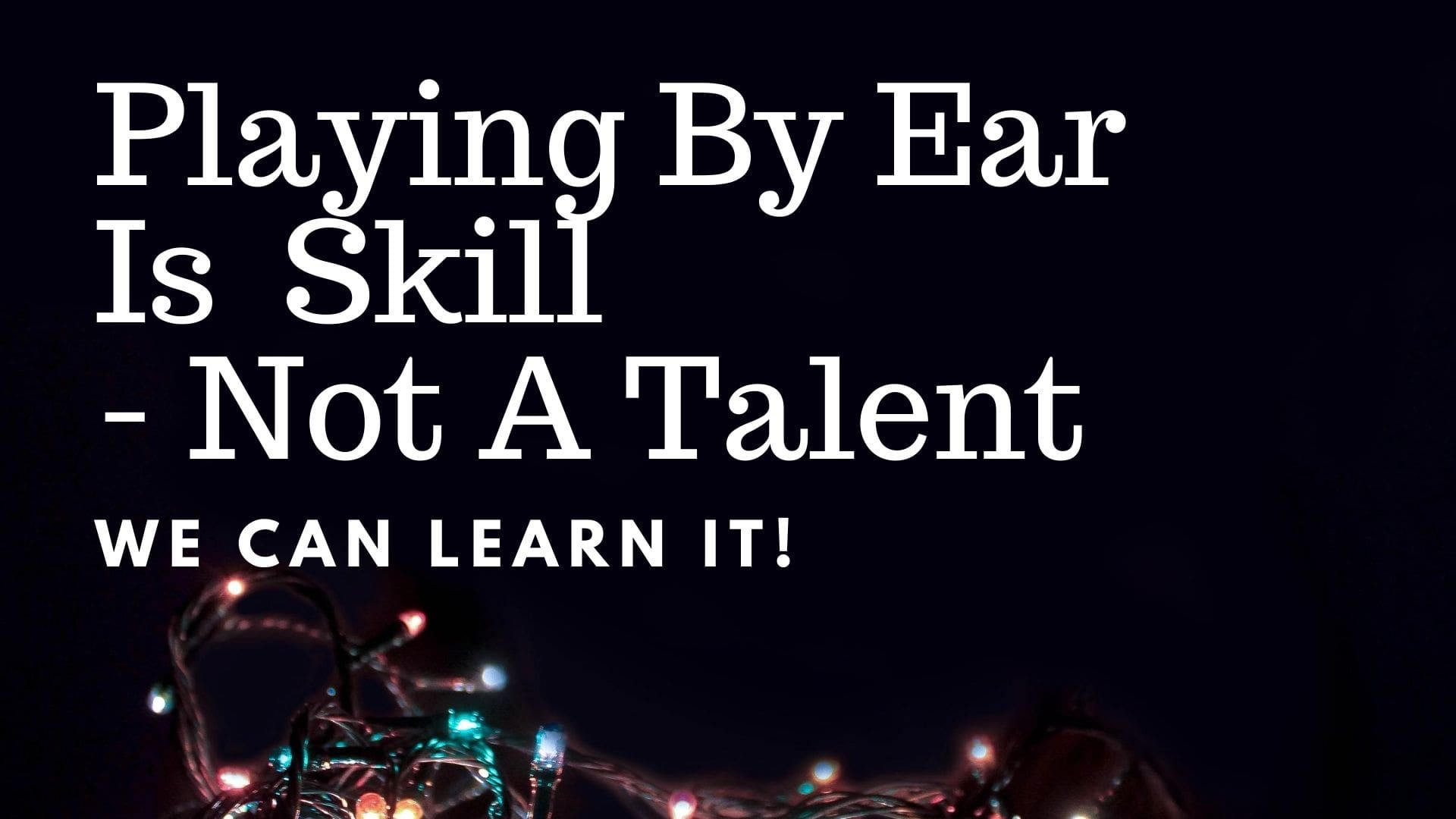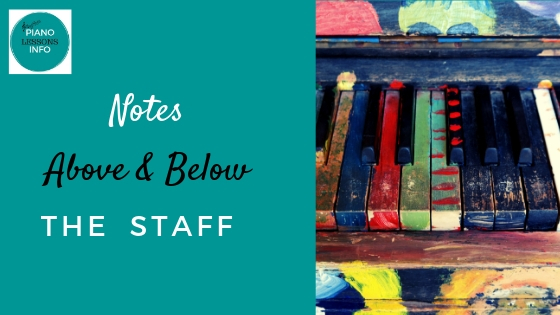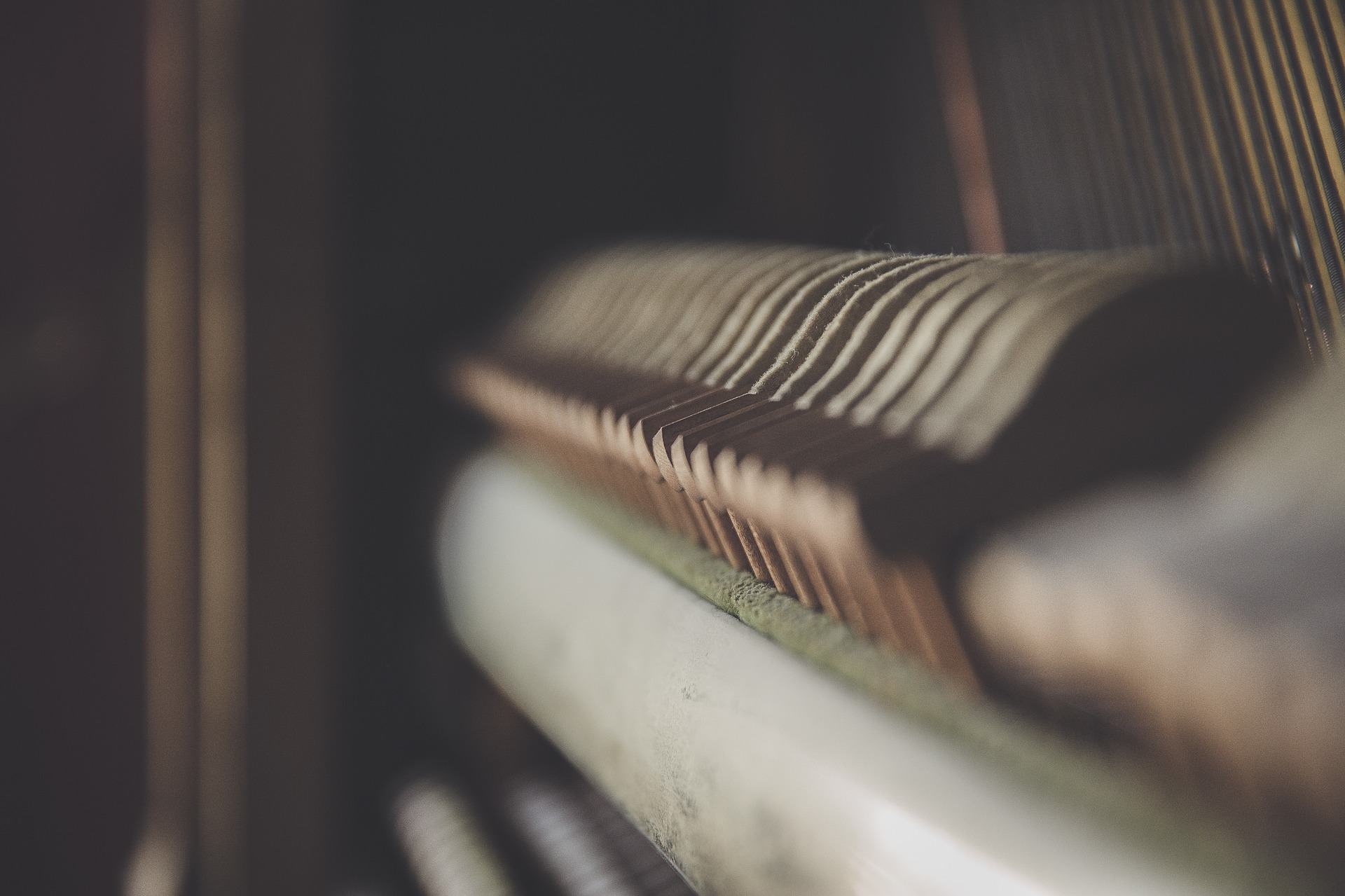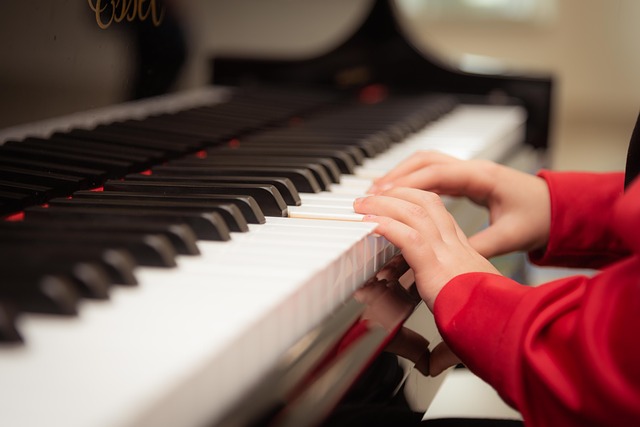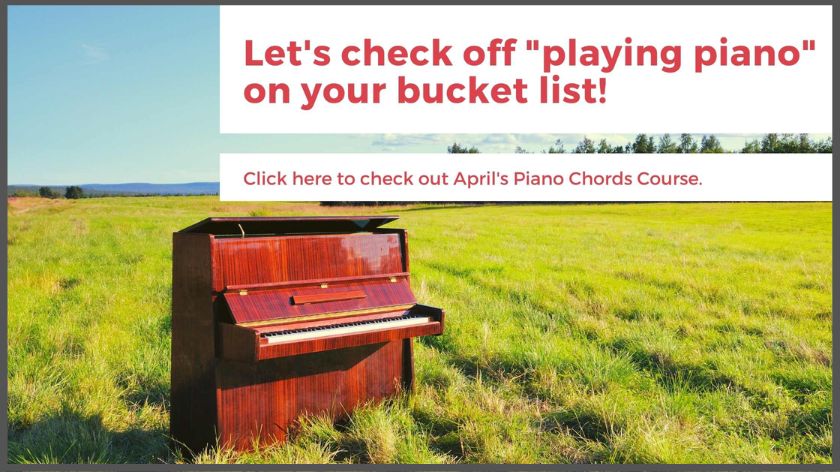Beginner Piano Exercises: Building Your Skills from the Ground Up
If you're new to the world of piano playing and are looking up beginner piano exercises, this is a great start! You understand there are things to learn and practice. But what do you need to practice?
Here we'll go into a series of beginner piano exercises designed to get you playing without feeling overwhelmed, further develop your understanding of music, build strong foundations and to get those fingers moving and coordinating.
Let's get started!
Finger Strengthening Exercises: Five-Finger Scales
One of the first things you'll need to master is finger control. Evenness in touch and sound comes from the strength and independence of your fingers.
Start with simple five-finger scales, which involve playing five notes in a row, using all five fingers.
Begin with the C Major scale (C-D-E-F-G), starting with your thumb (1st finger) on C and traveling one finger at a time up to your little finger (5th finger) on G in your right hand. Then, reverse the order to come back down.
Repeat this exercise, slowly at first, then gradually increase your speed as your comfort and coordination improve. You want everything to sound even and don't rush one note and not the other.
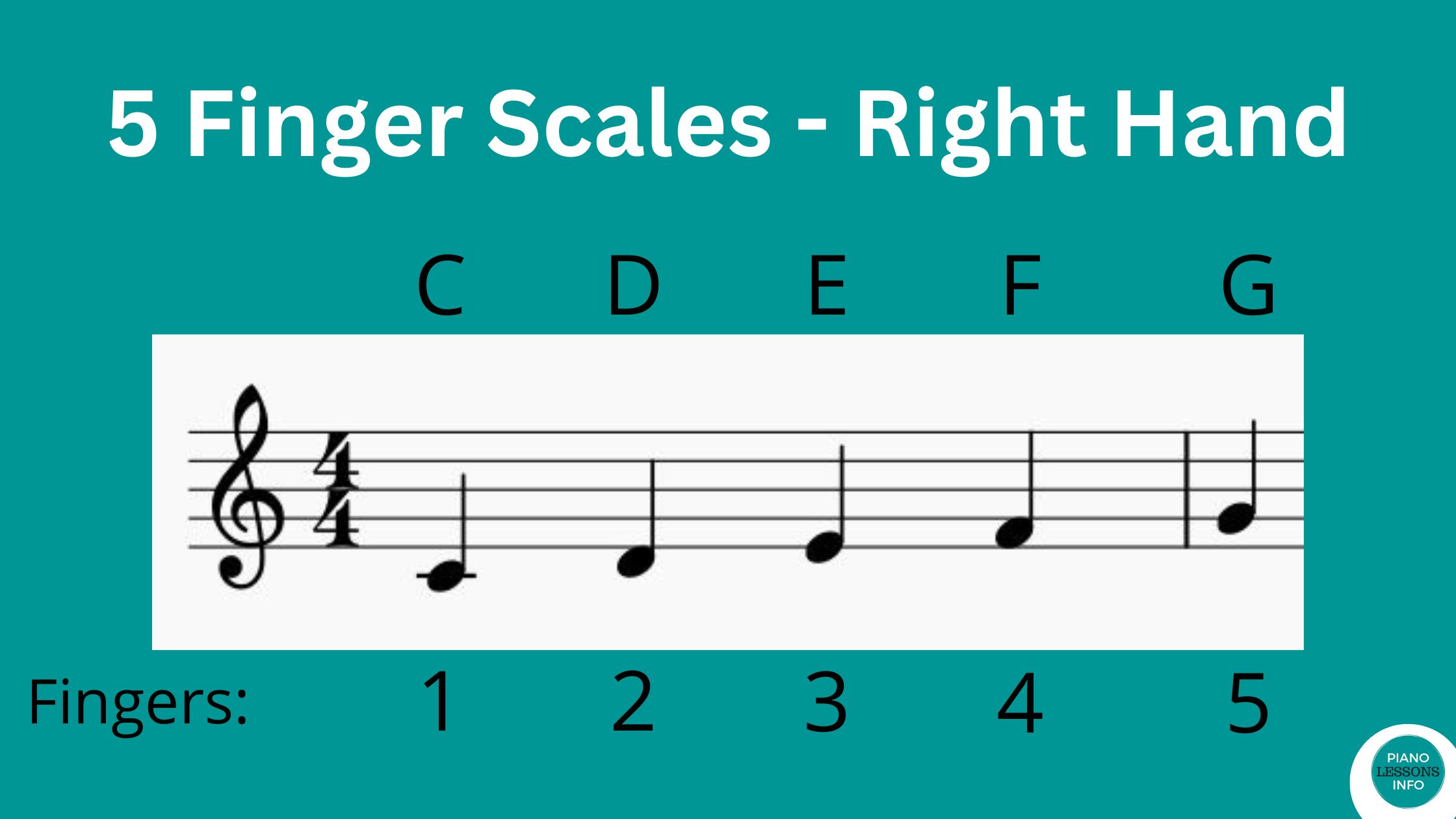
Next, do this with your left hand. This time your pinkie (finger 5) will be on C and you'll travel up to G played with your thumb (finger 1).
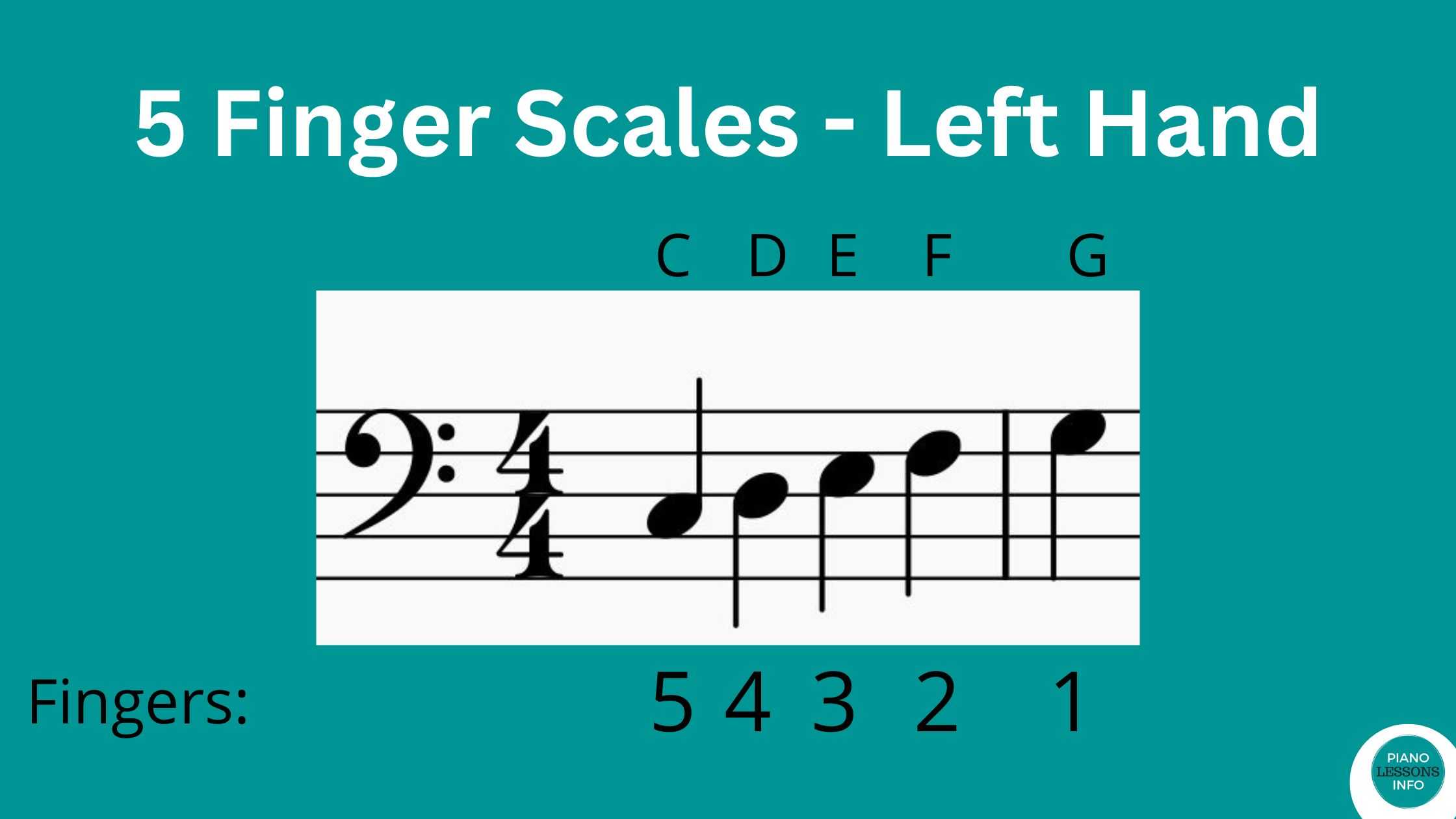
Rhythm Exercises: Quarter, Half, and Whole Notes
Understanding rhythm is crucial for any musician. Rhythm exercises will help you learn to keep time and ensure your music flows smoothly.
Begin with practicing quarter, half, and whole notes in simple 4/4 time. You can do this on any note or series of notes. A quarter note gets one beat, a half note gets two, and a whole note gets four. Use a metronome to ensure you're keeping time accurately.
Work on keeping time and hitting the beats on the tick.
These pages will help you with this:
Rhythm Symbols (choose any rhythm symbol you like and practice counting)
Time Signatures (explains time signatures and how to count)
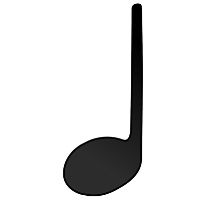 Quarter note - this gets one beat.
Quarter note - this gets one beat. Half note - this gets 2 counts.
Half note - this gets 2 counts. Whole note - this gets 4 counts.
Whole note - this gets 4 counts.Coordination Exercises: Simple Hand Coordination
Playing the piano isn't just about your fingers. It's also about coordinating both hands together, which can be one of the most challenging skills for beginners to develop.
We can use the C Major chord for this. The C chord has the notes C E G. Here are some exercises you can do with this:
- Play the C chord in your left hand, one note at a time - C, E, G. Then right hand one note at a time - C, E, G. Then play both hands at the same time - C, E, G.
- Play the C chord, one note at a time in both hands going up and then going down. So you play C - E - G - G - E - C.
- Play the C chord with all the notes at the same time. So C, E and G all at once in your left hand and then your right hand. Then play both notes and all notes at once.
- If you want to make this harder, play one note at a time for the C major chord starting on C in your left hand but G in your right hand. Left plays C - E - G and right hand plays G - E - C.
Aim for smooth, even playing.
Playing Simple Songs
Melody and harmony are the heart of most pieces of music. Once you have a grasp on finger strength, rhythm, and coordination, you can start to practice or continue playing simple songs.
The best way to do this is to play the beginner songs in beginner piano books. They progress you through songs that won't be too challenging while teaching you concepts and fingering.
These songs will help you apply the skills you've been developing and give you a sense of accomplishment.
You can see the books I recommend for beginners here.
Chord Practice
Learn to play the basic chords (major and minor) in root position. Start with simple triads (three-note chords) like C major (C-E-G) or A minor (A-C-E). The G (G-B-D) chord and F (F-A-C) chord are also great to learn.
Once you learn these chords on their own, start playing them in chord progressions.
Here are some beginner piano exercises using chord progressions:
C, G, C, G
C, F, C, F
C, F, G, C
C, F, Am, G
If you need more information on chords, this can help:
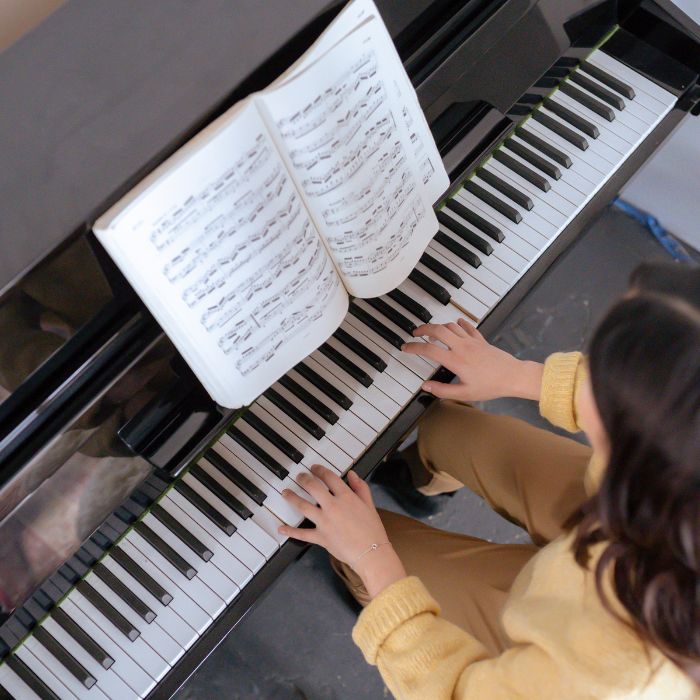
FAQs about Beginner Piano Exercises
1. How often should I practice these beginner piano exercises?
1. How often should I practice these beginner piano exercises?
As a beginner, aim to practice a couple of these exercises as part of your daily practice, if possible. Consistency is key in developing your skills. Keep going with these until they seem too easy and then move on.
2. How long will it take to see improvement in my piano playing?
2. How long will it take to see improvement in my piano playing?
This depends on the individual and the amount of practice put in. However, with regular practice of these exercises and the other learning you are doing, you should start to see noticeable improvements within a few weeks to months.
3. How do I know if I'm doing the exercises correctly?
3. How do I know if I'm doing the exercises correctly?
A piano teacher can provide the best guidance. If that's not possible, try Youtube and compare what you're doing to someone else. Pay attention to your hand position, rhythm, and sound. If something feels or sounds off, it might be a sign that you're not doing the exercise correctly.
4. Are these exercises enough to become proficient at the piano?
4. Are these exercises enough to become proficient at the piano?
These exercises provide an initial foundation that will help you get started. However, becoming proficient also involves learning to read sheet music, understanding music theory, and eventually tackling more complex pieces and techniques.
5. I'm finding these exercises difficult. What should I do?
5. I'm finding these exercises difficult. What should I do?
Take it slow. It's better to play correctly at a slow pace than to play inaccurately at a fast pace. With time and consistent practice, you'll find the exercises becoming easier and naturally faster. Don't hesitate to seek help from a piano teacher if you are struggling.
6. Can I create my own exercises?
6. Can I create my own exercises?
Absolutely! As you become more comfortable at the keyboard, feel free to modify these exercises or create your own to target specific areas where you feel you need improvement.
Consistency and practice are crucial when learning to play the piano. These beginner piano exercises will help you establish a strong foundation to build upon as you advance. Remember to take your time, be patient with yourself, and, most importantly, enjoy the process of making music.
Next step: learn your major scales.
Recent Articles
-
Piano Notes Chart
Nov 20, 23 10:21 PM
Find a piano notes chart for treble clef and bass clef notes as well as the different types of notes. -
D Chord on Piano + Diagram, How To & Theory
Oct 24, 23 12:20 AM
Learn how to play the D chord on piano with diagram, fingering, D/A, D/F# and a theory explainer. -
Diminished Piano Chords: Chart & How to Make Them
Oct 09, 23 09:23 PM
Learn the different diminished piano chords and how to make them. Here you'll find both a diminished chord chart and an explanation.
- Home
- Beginner Piano Guide PDF
- Beginner Piano Exercises
Free Download:
Ultimate Chord Cheat Sheet
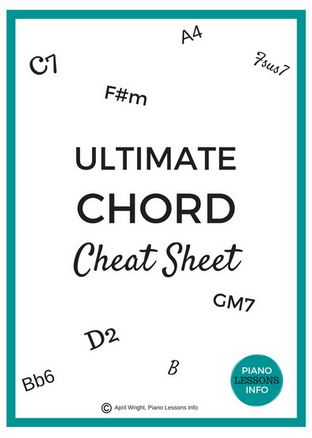
Subscribe below and get free access to the (printable) Ultimate Chord Cheat Sheet.
